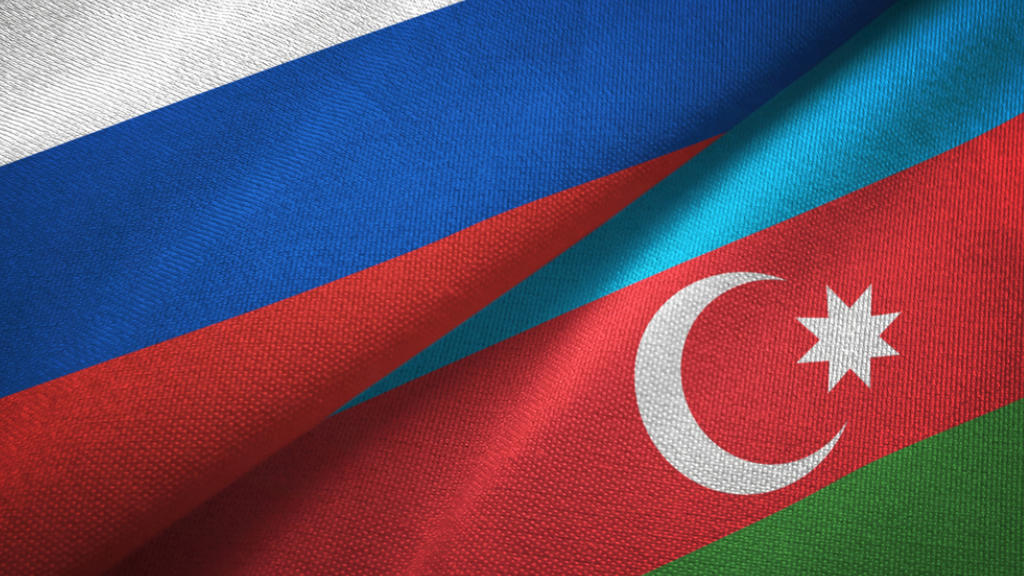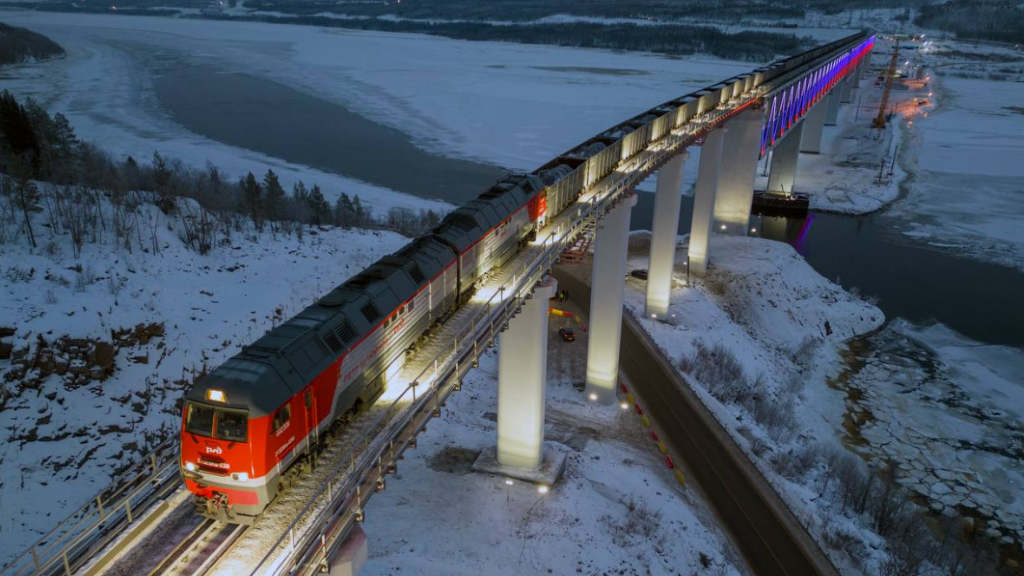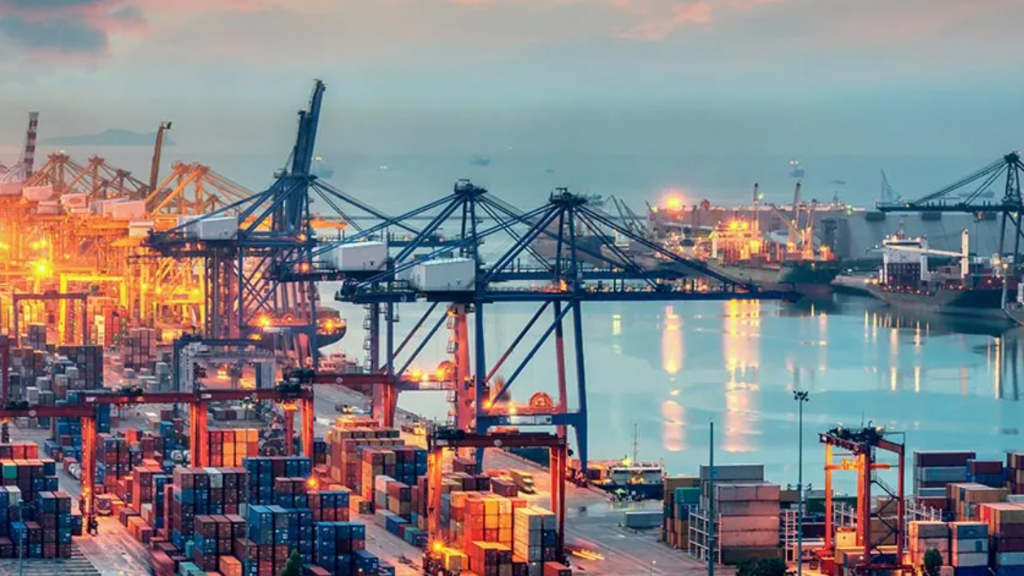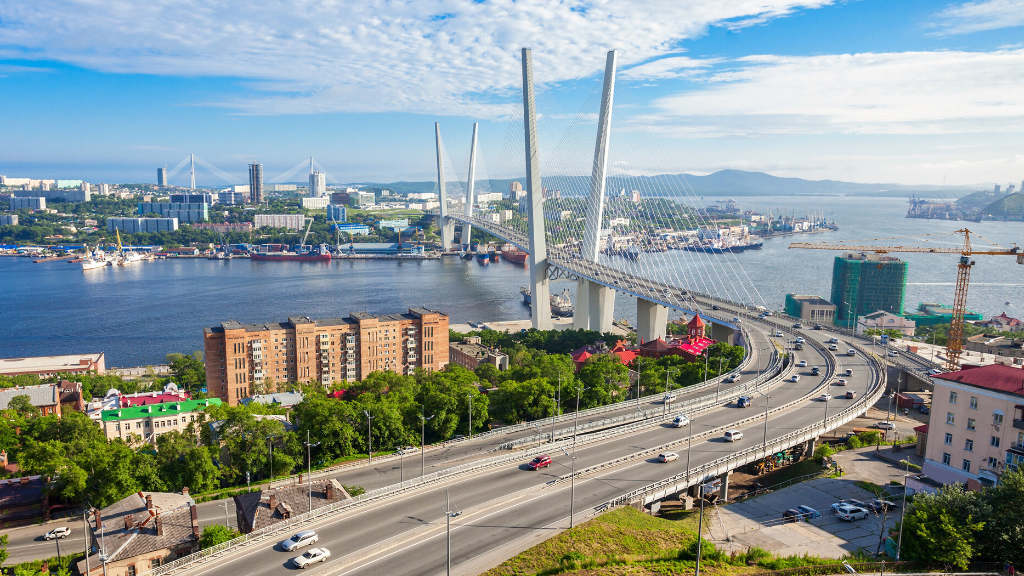The Russian President Vladimir Putin has met with visiting Azerbaijani President Ilham Aliyev in Moscow. The main focus of the meeting was the Azerbaijan-Armenia peace process, with both sides working on the final conclusion of a peace treaty. They signed regulations on the joint activity of Armenian-Azerbaijani border delimitation commissions on August 30, 2024. Both countries have launched their respective parliamentary procedures to approve the document.
A Russian peacekeeping contingent had been deployed to the Karabakh region in October 2020 after the end of Armenian-Azerbaijani hostilities, however given the détente, was able to withdraw in June this year.
Russia would prefer normality in Armeni-Azeri relations, both are members of the Commonwealth of Independent States (CIS) trade bloc that Russia wants to expand, and both are key for developing parts of the International North-South Transportation Corridor (INSTC). In addition to this, neighbouring Georgia is about to have its own parliamentary elections, the outcome of which could affect Armenian and Azerbaijani relations with the breakaway Caucasian Republics of South Ossetia and Abkhazia. We discussed these issues here and here.
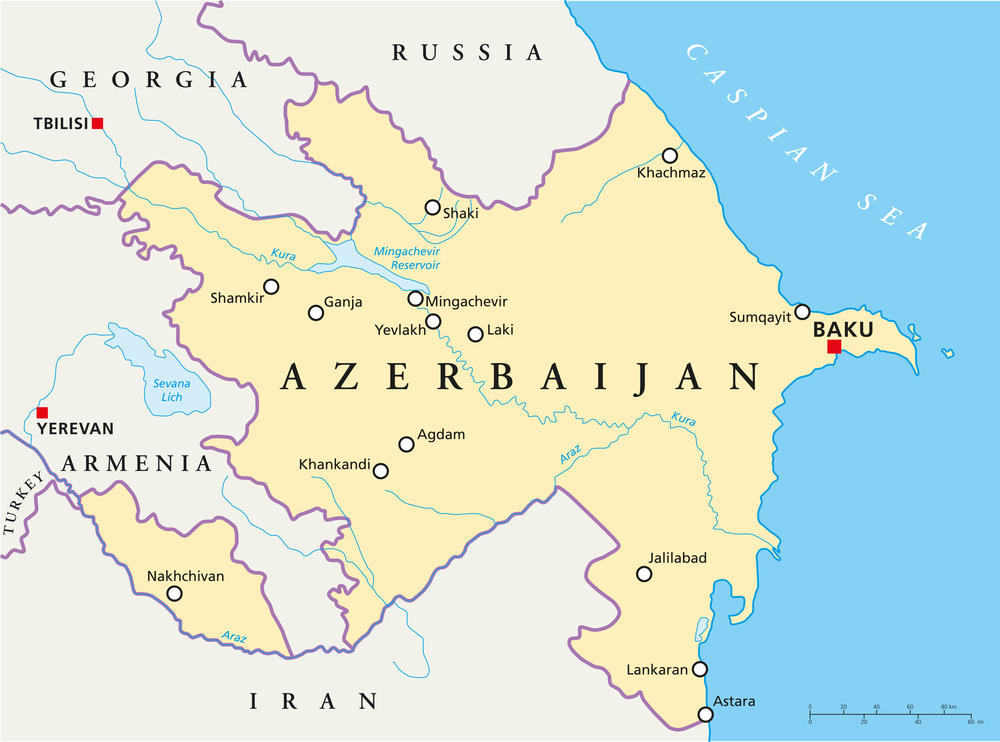
In terms of Russia-Azerbaijani trade, Putin stated that “We informally touched upon the current status of our relations. I want to note at once that relations are developing positively. There are many good, interesting projects in the field of energy and infrastructure development. They are all promising. They are all real, relevant, bilateral and multilateral.”
Bilateral trade reached US$4.3 billion in 2023, an increase of 17.5%. Much of this was due to the joint work of both parties to increase the volume of freight and transit traffic within the INSTC and the subsequent expanding of capacity at the Russian and Azerbaijan borders.
Moscow’s re-orientation of commercial ties from the EU to Asia and the Middle East benefits Russia’s neighbours and Azerbaijan is no exception. The latter serves not only as a market for re-export to Russia, but also as a developing transit route between Russia and Iran in the INSTC. Azerbaijan is the western branch out of three routes making up the INSTC and it links Iran’s and Russia’s most populous and relatively industrialized provinces expanding the transit trade between these two substantial Eurasian actors.
Russian exports to Azerbaijan mainly consist of wheat, meslin, crude petroleum, crude petroleum products derived from bituminous minerals, timber, various gaseous hydrocarbons, mineral or chemical fertilizers. From November 2022 Russia also began selling gas.
Azerbaijan sends to Russia mostly animal products, plastics, rubber and rubber, machinery, equipment and apparatus, mineral products, and oil.
Exporting to Azerbaijan is easily carried out from all major cities across Russia, with interregional cooperation is the engine for the development of Russian-Azerbaijani trade and economic alignment. For instance, Azerbaijan is regularly visited by delegations from Adygea, Komi, Tatarstan and North Ossetia-Alania, Khanty-Mansiysk Autonomous Okrug-Yugra, Astrakhan, Kaliningrad, Nizhny Novgorod, and the Rostov regions, as connectivity from the Volga River region to the Caspian Sea and onto Azerbaijan’s Baku port remains dynamic.
A critical region for Russia-Azerbaijan trade cooperation is Dagestan. The cargo turnover between the latter and Azerbaijan by rail has tripled since the removal of restrictions on the movement of nightly freight trains. Cargoes are mostly heading to the Middle East, which can access the region via Iranian ports. The transit of goods through Azerbaijan to Russia has quadrupled since 2022.
Further Reading

